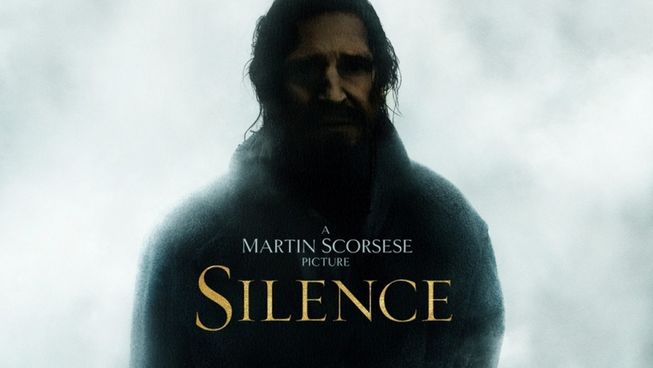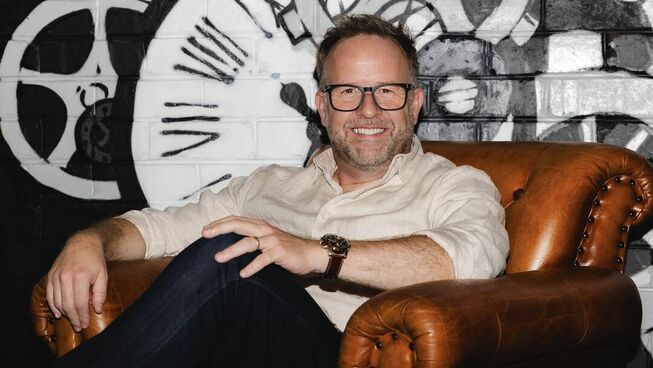Silence

5 out of 5 stars
The accounts of Silence are based on missionaries work in Japan during the 17th century. Father Christavao Ferreira (Liam Neeson) was one of the original Portuguese missionaries to take the Gospel into Japan. Many of the Catholic priests who served the Japanese people were persecuted to the point of death, but what ultimately happened to Ferreira was unclear. His last letter led the leadership of the church to conclude that he had been put to death, but his loyal theological students in Portugal had faith that their mentor was still alive. Father Sebastian Rodrigues (Andrew Garfield) and Father Francisco Garupe (Adam Driver) take the perilous journey to the East to find Ferreira. During their search, they are thrown in the challenging position of becoming the spiritual leaders of the Japanese church that has been driven underground. As the two young priests become aware of the desperate and devastating state of the work in the Far East, they must determine what they are willing to sacrifice for the sake of the people and their faith in God.
 This harrowing faith-based tale has been a three decade sojourn for award-winning director Martin Scorsese. After reading the book by Shusaku Endo, he started the long expedition to bring this epic drama to cinemas.
This harrowing faith-based tale has been a three decade sojourn for award-winning director Martin Scorsese. After reading the book by Shusaku Endo, he started the long expedition to bring this epic drama to cinemas.
Regardless of what belief system audiences might bring into the theatre, it will be difficult for anyone to miss the significance of this perilous historic account. It exposes the dire lives of the missionaries' serving in Japan and the devastating consequences suffered by those who chose to follow the message of the Bible. Due to the excruciating accuracy of every element of this glimpse into the human condition, very little can be celebrated in the whole of the film except the overwhelming depiction of faith. Scorsese draws on the visceral emotion at the heart of mankind and the life of the faithful and what they are willing to endure to proclaim their love for their Saviour.
Even though it is played against the beautiful and lush coastline of Nagasaki, the landscape cannot mask the dark and desperate situation of these Christians. Garfield and Driver provide the necessary intensity to encourage audiences to endure the emotional body blows for 184 minutes. Garfield has been a superb and consistent force in cinema over the past few years with Hacksaw Ridge and 99 Homes. His performance proves that he is a bright light for the future of Hollywood and was matched in this outing by the support of Adam Driver. After the success of the latest Star Wars franchise, he has poured himself into dramatic roles to show his range of acting skills. Their physical, emotional and spiritual commitment to this project was evident in their performances. Liam Neeson's role is relegated to flashbacks and the final heartbreaking scenes of the priest's pilgrimage. He is not wasted in his role, but as the goal for this quest, his presence is evident in each scene leading up to his appearance. The performances of the Western actors provide the necessary tent poles for this period piece, but the heart of the story is delivered by the Japanese cast. Most of the acting talent would not be familiar to non-Japanese audiences, but they provide a true vision of the plight of the fishing communities of persecuted Christians at the hands of tyrannical government authorities.
Silence may not be the feel good film of the year, but essential viewing for those who want to see the lengths people have taken throughout history to live for their faith. Like Jesus, these men were able to reach out to fishermen and people of lesser distinction to spread the message of the Gospel. Even though the message of Bible did not seem to take root in this island nation, it did show that the message had the power to withstand the greatest of oppressions. Making this a cinematic journey that will only produce outrage and tears for many viewers, but despite these emotional reactions, it should be on every adult's must see list in 2016. It is guaranteed to lead to a multitude of discussions about humanity and spirituality over time.
REEL DIALOGUE: Is God silent?
An excerpt from an article by CPX Director Simon Smart ...
"By the end of Silence, Scorsese's priest Rodrigues looks, in more than one sense, utterly defeated. His dreams are in tatters. Death is all around him. His whole identity has been wrenched from his grasp and his formidable resolve cruelly beaten out of him.
"And yet, the silence of God does not mean the absence of God. It is in the silence that Rodrigues senses the presence of God suffering beside him. This is the God he believes feels deeply the injustices large and small that humans inflict on one another; who enters the human drama as a child and fully engages with the human experience.
"The acclaimed Japanese artist Makoto Fujimura, who has written and painted in response to Endo's work, says:
"[Endo] is the one who dared to walk right into the heart of that darkness.
"Scorsese seems to sense something of that grace. He is resolute in refusing any comfortable resolution to our deepest questions. He has experienced too much of real life to allow that.
"But equally he won't brook complete despair either. He has too much faith for that.
"It's that kind of faith — brutally honest but unyielding — that might be what's most needed as we draw the curtain on a most difficult year."
— an excerpt from Simon Smart's ABC Religion and Ethics article How the pain of Scorsese's Silence mirrors the 'hard and bitter agony' of Christmas.
Simon Smart is director of the Centre for Public Christianity. He is the co-author with Jane Caro, Antony Loewenstein, and Rachel Woodlock of "For God's Sake: An atheist, a Jew, a Christian and a Muslim Debate Religion".







